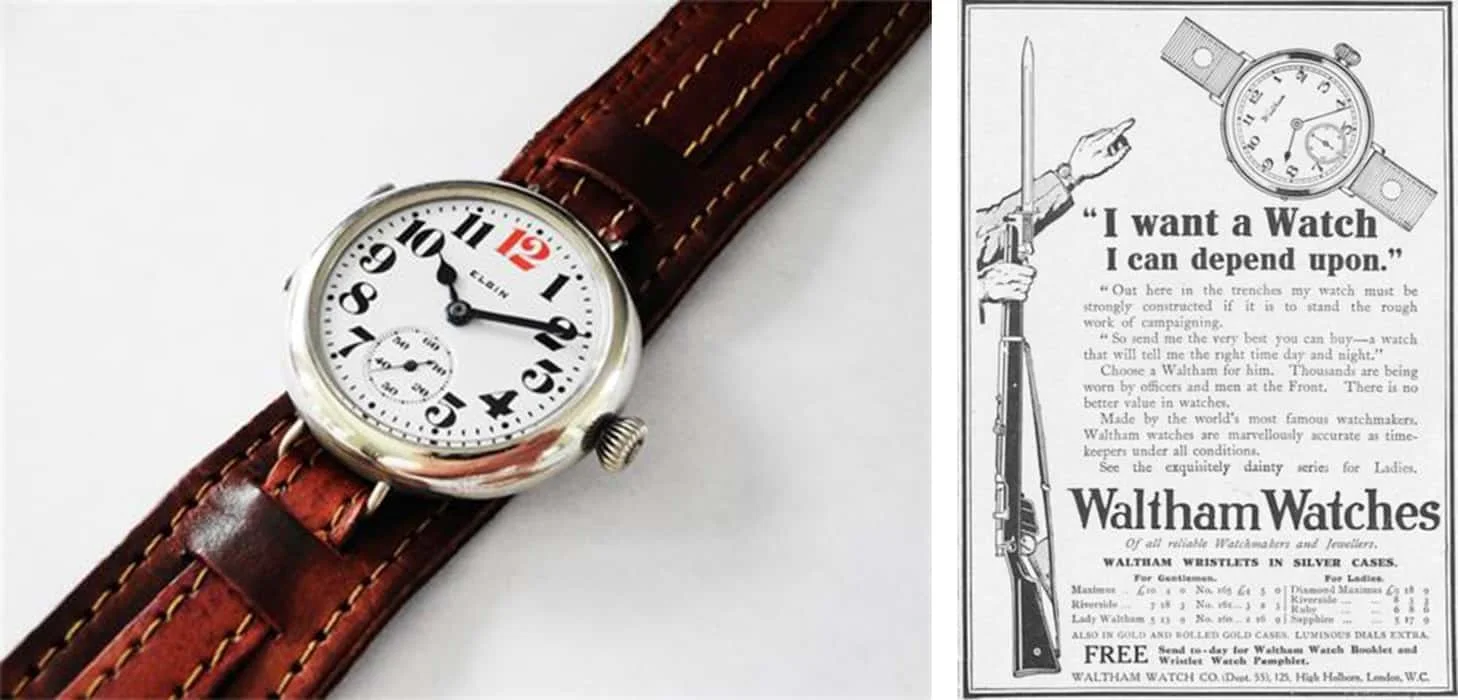A Watch? I Use My Phone to Tell Me the Time
Alright, I get it, you’re cooler than me.
You’re showing off your brand-new iPhone Pro Max, the one you got on a monthly plan with a bit of interest baked in for good measure. And hey, fair enough. It tells the time, sends messages, plays music, navigates you around town.
But here’s the thing, I still wear a mechanical watch, and not just because I’m a contrarian (although maybe a little bit of that too).
Yes, I understand the logic: Why carry an extra object when your phone already does it all? That’s practical thinking. Efficient. But to me, it misses something deeper, something with heart, history, and a bit of poetry.
Watches, especially mechanical ones, aren’t just about utility. They’re tiny mechanical marvels, powered by nothing but springs, gears, and human ingenuity. No batteries. No software updates. Just a delicate interplay of wheels and levers that, if maintained, can outlive us. Some watches are passed down through generations, ticking steadily from grandfather to father to child.
That’s not just a tool; that’s a legacy.
Historically, watches have been instrumental far beyond personal style. In military settings, precise timekeeping was critical - coordinating attacks, calculating artillery fire, navigating seas and skies. Before GPS, before satellites, watches helped win wars and save lives. Some field watches were designed to survive combat. Some pilot chronographs were calibrated to the second for aerial maneuvers. These weren’t status symbols, they were survival tools.
But here’s the beautiful paradox: while they were built for function, watches have always carried an artistic soul. Look closely at a well-made dial; the layout, the typography, the way light dances off the indices or the brushing on a set of hands. It’s not just design, it’s craftsmanship. Miniature art you can wear. And that’s before you flip it over and peer through the caseback at the movement: a world of gears, jewels, and polished bridges ticking away in silence.
Wearing a mechanical watch is a choice to engage with something tactile. You wind it with your hand. You feel its presence on your wrist. It runs because of you. And unlike a phone, it becomes part of your story. Scratches and patina aren’t flaws, they’re memories. Try passing down your smartphone to your grandkids. Even if it still works, it won’t mean anything. But a watch? That can carry weight.
Maybe I’m just old-fashioned, maybe even weird. But to me, wearing a watch is a quiet rebellion against the disposable, the digital, the fleeting. It’s a way to stay connected to history, to craftsmanship, and to something beautifully human.
So yeah, my phone tells the time. But my watch tells a story.



